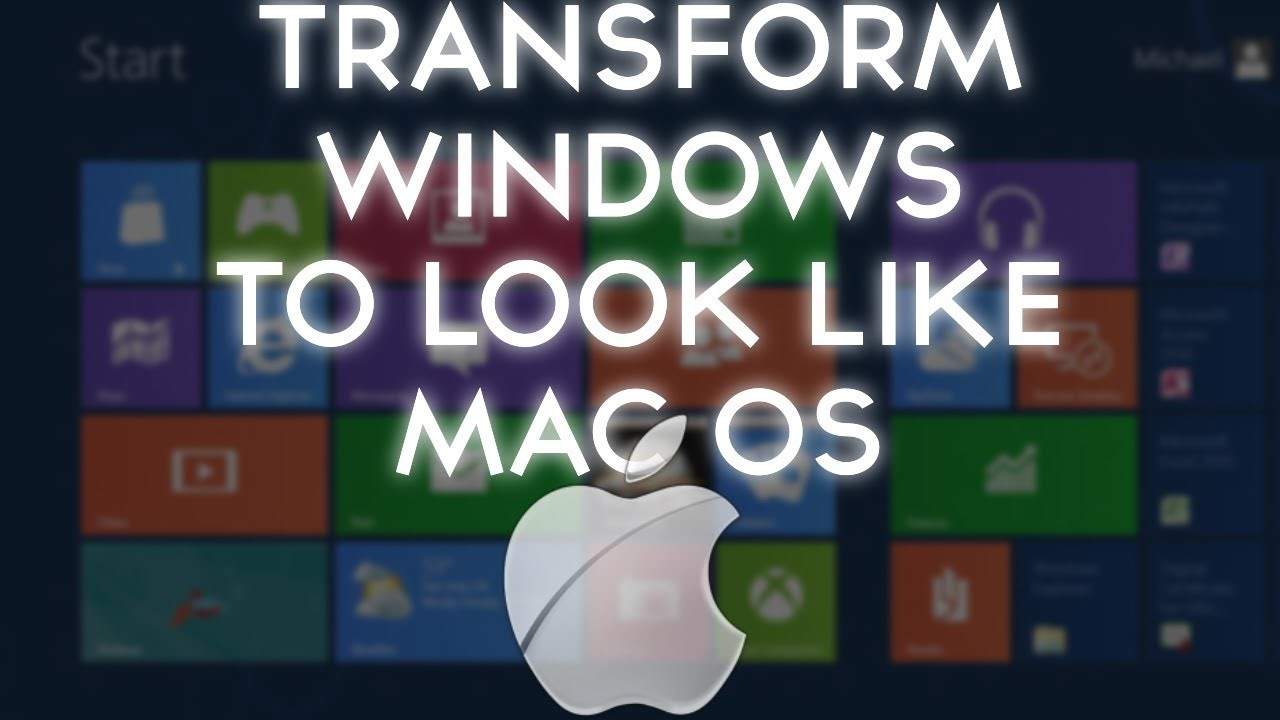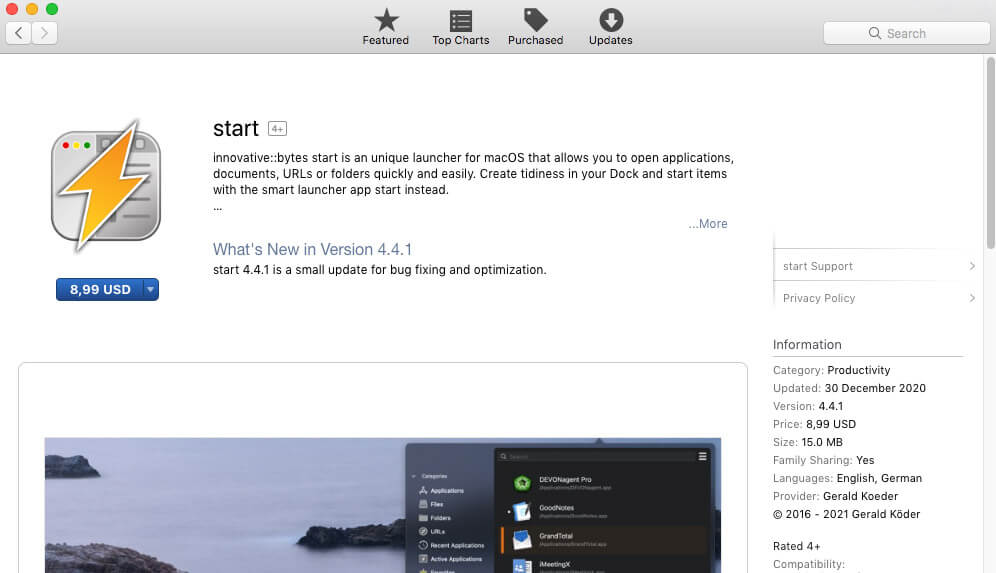
- #CONTROL TAB FOR MAC, TO ACT LIKE WINDOWS FOR MAC#
- #CONTROL TAB FOR MAC, TO ACT LIKE WINDOWS INSTALL#
- #CONTROL TAB FOR MAC, TO ACT LIKE WINDOWS CODE#
I prefer using Go to Symbol in File instead.įirst, open up the keyboard settings preferences. I find Go to Symbol in Workspace hard to use because the search is too broad. I don’t mind overwriting this shortcut since I don’t use it.
It opens a list box that lets you type a file you want to go to.Ĭommand + T overwrites Go to Symbol in Workspace. The Go to File shortcut is my bread-and-butter shortcut. I’m sorry you had to read through the preamble, but some of my bindings wouldn’t have made sense otherwise.įrom now on, let’s jump into the exciting part! Go to File Ok, that’s a ton of things you need to know before actually diving into the key bindings. To make my life easier when creating keyboard shortcuts, I decided to uninstall the Sublime Text Keymap and Settings importer extension.
#CONTROL TAB FOR MAC, TO ACT LIKE WINDOWS INSTALL#
It will never work since I don’t intend to install Sublime Text on Windows.īut my Mac has Sublime Text shortcuts and My Windows PC doesn’t. It tried to find a Sublime Text application (which doesn’t exist).

Then, I noticed Sublime Settings Importer doesn’t work on my Windows Computer. Unfortunately, Sublime Text shortcuts did not get synced to my Windows PC because Settings Sync doesn’t sync keyboard shortcuts across different platforms. This extension helped me create keyboard shortcuts that I was familiar with in Sublime Text. I used the Sublime Text Importer when I switched to Visual Studio for the first time. (It didn’t work on my Windows PC because I don’t have Sublime Text installed). This allowed me to create keyboard shortcuts that synced up between Mac and Windows. TL DR: I removed the Sublime Text Keymap and Settings Importer extension from Visual Studio Code. You can always switch back to Dvorak-Qwerty later. So, if you use Dvorak-Qwerty, I recommend switching to Qwerty to examine keyboard shortcuts in Visual Studio Code. When I press Ctrl + T, I still fire the “Go To File” action.
#CONTROL TAB FOR MAC, TO ACT LIKE WINDOWS CODE#
Windows Visual Studio Code and Dvorak-Qwerty Since all shortcuts I recommend in this guide involves the Command or Ctrl key. The keyboard also switches to Qwerty when I hold down Ctrl or Win on Windows.The keyboard switches to Qwerty when I hold down Command on Mac.People who’re familiar with me know I use Dvorak-Qwerty on both Mac and Windows. This guide is Qwerty-friendlyĪll keyboard shortcuts in this article are friendly for Qwerty users. You can learn how I changed the modifiers in this article. I changed modifier locations of my Windows PC with a program called Auto Hot Key. On my Windows PC (which is a Surface Laptop).

Here’s where the original modifiers are located on Mac: Modifiers on Mac ( Command, Option, Control) and modifiers on Windows ( Ctrl, Alt, Win, Appskey) are placed in different locations on the keyboard. Modifiers’ locations are different on Mac and Windows. Why I ditched the sublime text importer plugin.Small bugs with Visual Studio Code and Dvorak-Qwerty on Windows.Modifiers’ locations are different on Mac and Windows.Things you need to know before you continue I want to share these customisations with you so you can use them to rock at Visual Studio Code too 😃. So I dug deep into Visual Studio Code’s keyboard shortcuts for both systems and made my personal customisations. Since I code on both Windows and Mac, I want my Visual Studio Code shortcuts to be interchangeable on both systems.
#CONTROL TAB FOR MAC, TO ACT LIKE WINDOWS FOR MAC#
Customised (and effective) Visual Studio Code keyboard shortcuts for Mac and Windows 20th May 2020


 0 kommentar(er)
0 kommentar(er)
